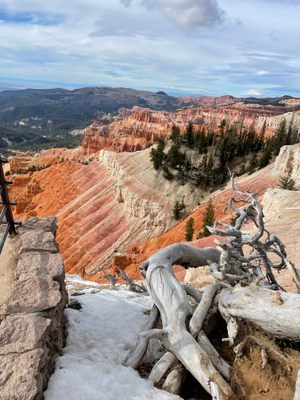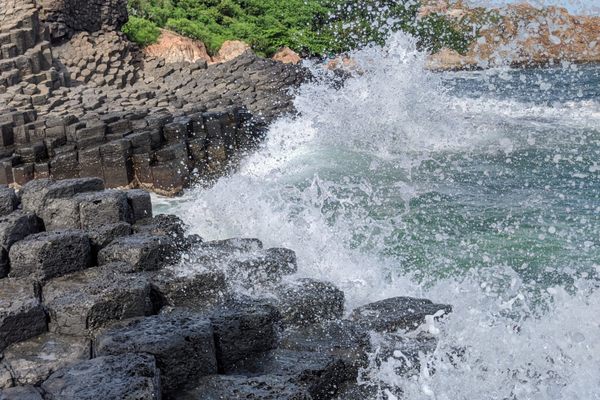About
Cedar Breaks is geographically close and geologically similar to Bryce Canyon. However, this glorious canyon is less famous and the least visited of the two, which may be better for the health of the monument.
The geological similarities between the two are striking and almost identical, except that Cedar Breaks maintains an increased erosion rate. This increased level of erosion gives the Cedar Breaks a softer tone and appearance. The amphitheater is over three miles across and about 2,000 feet deep. The amazing colored bands are created from the various deposits of iron and manganese in consort. The name of the monument derived from the misidentification of the region's juniper trees. The region was declared a National Monument by Franklin Delano Roosevelt in 1933.
There was once a small lodge at the monument, designed by Gilbert Stanley Underwood. However, it was controversially closed and demolished in 1972 after it was deemed "uneconomical to operate."
The campground at Cedar Breaks is one of the very few "dark skies parks" in the world. Its altitude and remoteness make it the ideal location for stargazing. There are numerous hiking trails around the site, with varying degrees of difficulty both along the rim and within the amphitheater.
Related Tags
Published
March 13, 2020











































